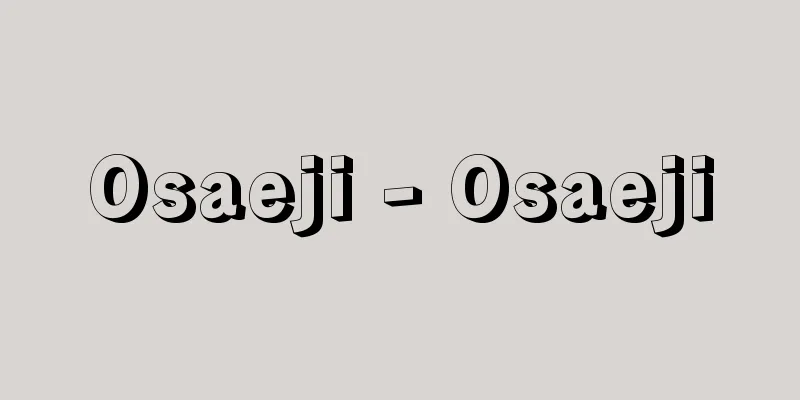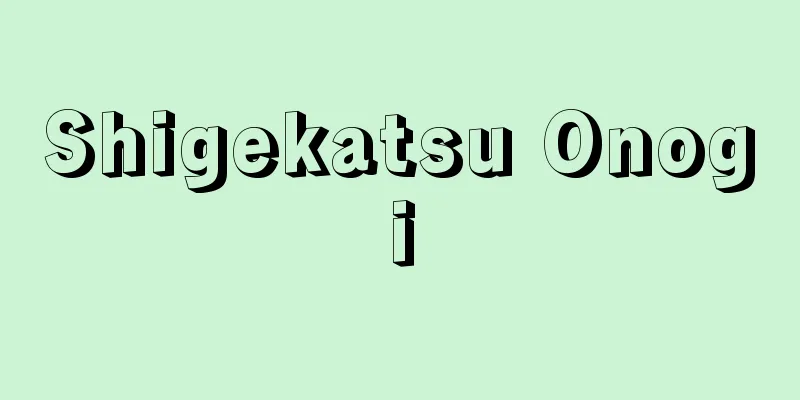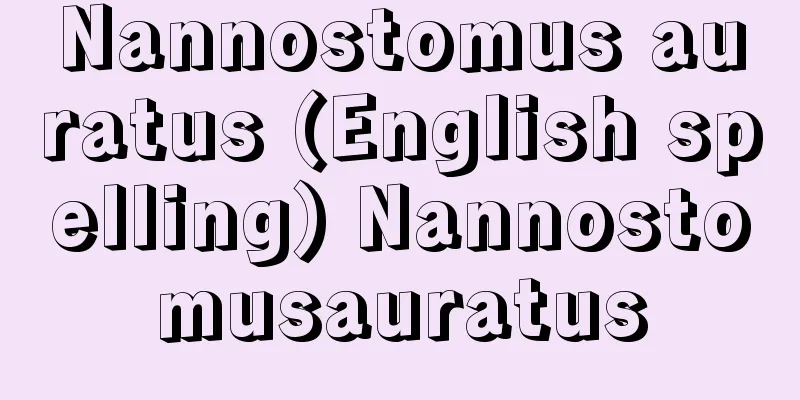Osaeji - Osaeji

|
〘Noun〙① In waka or haikai poems, when there is a hierarchical correspondence between words and phrases in a phrase, it refers to the "te ni o ha" (particle/auxiliary verb). It is similar to the "ya" in "The water is cold, the snow flows from the mountains." → Osameruru (one) ⑤. ※Teriya Daigaisho no Sho (1483) "The tsumehane is made by placing oshie characters such as sae dani zo ni te" ※Haikai Umeboku (1656) "There are five ni ni wo sae characters that stop at ni. wo Mizusuki kokoro ni ni ni" ② In rhetoric, when there is a hierarchical correspondence between words and phrases in a sentence, it refers to the lower word that corresponds to the upper word. A word that corresponds to the end of a "kakari musubi" (connection). Regarding the passage in Hyōban-ki Shikidō Daikyō (1678), 9, “So, if you don’t have the character for “Osahe” below, it’s not going to work” [Glossary] (1)①, Sogi, in his “Renga Hidenshō”, gives the example of “zo, ba, to, ha” in “Osahetaru Te Niha”, and uses the character for emphasis, such as by limiting the upper suffix, as a criterion for choosing the method of adding a verse. In Shōha’s “Renga Kyokun”, there is an explanation of “Osahe” for “zo, ya, ka”, drawing attention to the correspondence within a verse. In (2)②, as in the example of “Sekido Daikyo-9,” the word refers to a concluding word. This is probably a deviation from the meaning of “osahe,” which means to conclude something at the end. Ouji Afu... [Insert]Source: The Selected Edition of the Japanese Language Dictionary About the Selected Edition of the Japanese Language Dictionary Information |
|
〘名〙① 和歌や俳諧で、句中に上下呼応関係を持つ「てにをは」(助詞・助動詞)がある場合、上の「てにをは」をいう。「水寒し雪や山より流るらん」の「や」の類。→押さえる(一)⑤。※手爾葉大概抄之抄(1483)「つめはねは、さへ だに ぞ に て 等の押へ字を置てはぬるなり」※俳諧・埋木(1656)「にてどまりのをさへ字五つあり。を 水くさき心を人のならひにて」② 修辞で、文中に上下呼応関係がある場合、上の語に照応する下の語をいう。「係り結び」の結びに当たる語。※評判記・色道大鏡(1678)九「そうじて、こそといふてにはは、下にておさへ字なくては、かかぬものなり」[語誌](1)①について、宗祇は「連歌秘伝抄」で「おさへたる手仁葉」として、「ぞ・ば・と・は」の用例を挙げ、上接語をとりわけて限定するなど強調する字として意識し、付句の手法を選ぶ基準とした。紹巴の「連歌教訓」には「ぞ・や・か」に「押へ」の解説があり、一句中の呼応に注意が向けられている。 (2)②では、挙例の「色道大鏡‐九」にあるように、結びの語のほうを指しているが、これは、「おさへ」のもつ最後を締めくくる義からの転用であろう。 おう‐じ アフ‥【押字】出典 精選版 日本国語大辞典精選版 日本国語大辞典について 情報 |
Recommend
Pristiophorus japonicus (English spelling) Pristiophorusjaponicus
…Most species only have five pairs of gill slits,...
Francina (Fanny) Blankers-Koen
1918‐2004 A Dutch female track and field athlete. ...
smythite
…Discovered in 1964, smythite (Fe,Ni) 9 S 11 has ...
Wigilia - Wigilia
…The Greek system of dividing the day and night i...
ESO
《 European Southern Observatory 》⇒European Souther...
Nakamura Kaisha
1875-1945 A Kabuki actor from the Meiji to early ...
Faust (unit) (English spelling) Faust
…However, the actual unit of measurement was also...
Eicosapentaenoic acid
An unsaturated fatty acid, oily liquid. It is abb...
Trübner, W.
…The tendencies and artistic ideals of the works ...
Okinawa
The Ryukyu Islands stretch 1,200 km across the oce...
Zhu Ziqing
A contemporary Chinese poet, prose writer, and sc...
Palanquin - Koshi
There are two types of palanquin: agekoshi (shoul...
Teiichi Hijikata
Art historian and art critic. Born in Ogaki, Gifu...
Faith in the God of Fortune
Belief in gods who bring good fortune and prosperi...
Anticoagulant - anticoagulant
Drugs that prevent blood clotting are also called...









